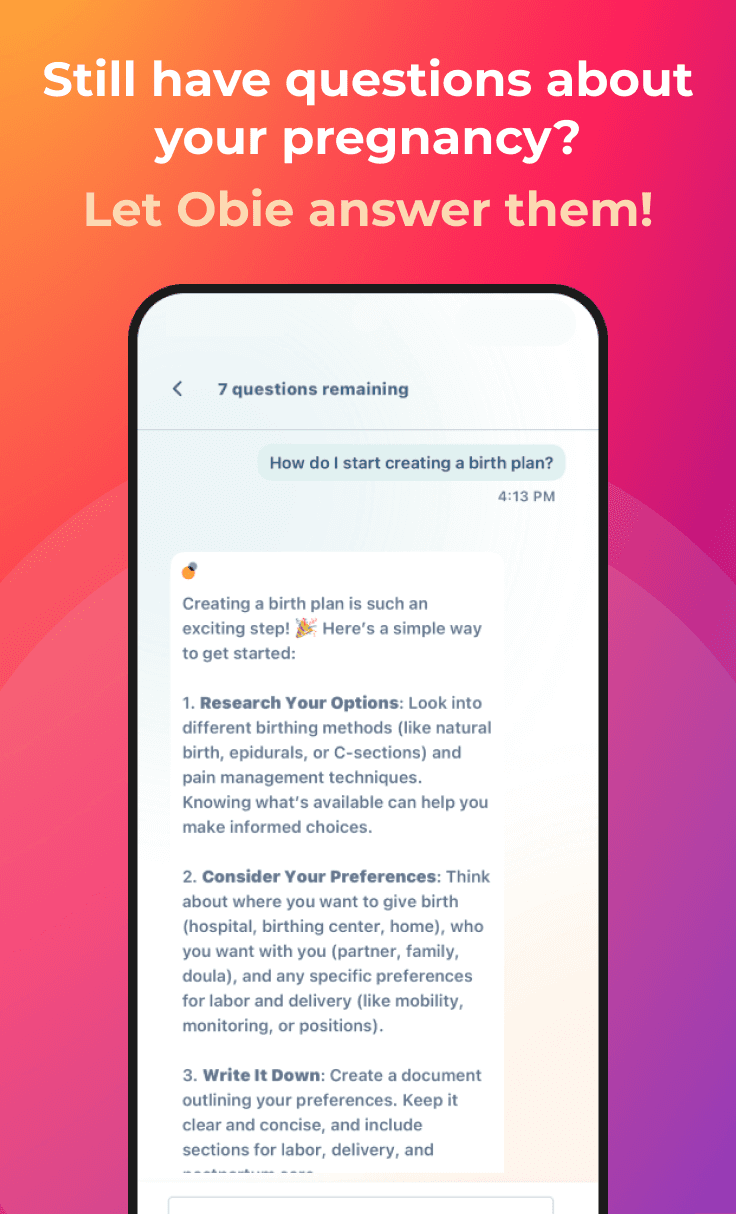Anesthesia During Labor and Delivery
Labor Analgesia
Obie Editorial Team

When you find out you’re pregnant, you will begin the internal debate about what type of pain relief to use during the labor process. Many women feel that natural childbirth is the only way to go until they begin labor and realize just how painful the birthing process can be. It is important to weigh all of your options when it comes to pain relief during labor. There are safe and effective methods of pain relief that allow more focus on pushing rather than the pain of the baby moving out of the body through the birth canal.
There are 4 types of pain relief currently used in the laboring process:
Intravenous or intramuscular drugs
Drugs are most often given to calm you during the birthing process and relieve some of the pain associated with pushing the baby out of the womb. However, the drugs may have a negative effect on both you and your baby. Pain relieving and calming drugs will often make you sleepy and in turn, make baby sleepy. You will not be able to push as hard during the birthing process if you are sleepy and baby may not suckle well after birth.
Local anesthesia
The type of local anesthesia used in pregnancy is generally the same type of medication used during dental procedures. Depending on where the local shot is placed, numbness of the lower body or local numbness (as used in an episiotomy), will ease the pains associated with labor.
Spinal anesthesia
Spinal anesthesia is a blocking pain reliever often used in cesarean sections. The spinal anesthesia numbs the entire lower half of the body and can numb all the way to the neck in certain cases. There is no feeling in the lower half of the body which leaves you unable to feel when you should push during vaginal labor. The spinal anesthesia is placed directly into the spinal cord and relieves all pain immediately. The spinal is a onetime pain reliever that is injected with no continuous relief. However, the pain relief will only last at full strength for about 1 hour before it starts to wear off.
Epidural anesthesia
Epidural anesthesia is the most commonly used form of pregnancy and labor anesthesia. In an epidural, a small catheter is placed into the spinal cord. Pain relieving medications can be administered and regulated through that small catheter. An epidural takes a bit of time to begin working but offers the doctor and caregivers the option to increase the medication as needed or decrease the medication if you are having trouble pushing.
Pain relief during labor is an important choice. You want to enjoy the laboring process yet keep baby healthy and safe. Anesthesia options should always be discussed with your doctor or midwife, as well as the anesthesiologist in the hospital. There are safe choices for pain relief during labor and you should take some time to weigh those options before giving birth to your baby.









